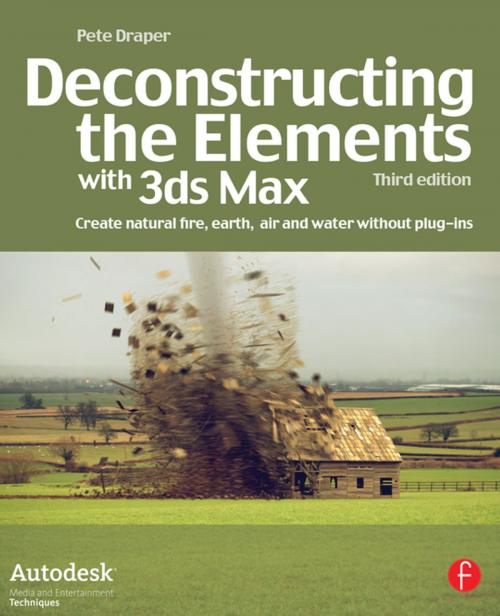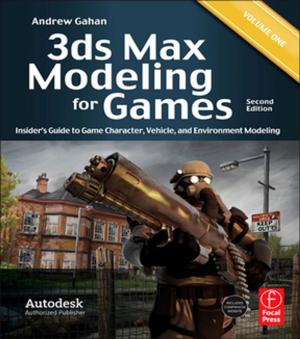Deconstructing the Elements with 3ds Max
Create natural fire, earth, air and water without plug-ins
Nonfiction, Art & Architecture, General Art| Author: | Pete Draper | ISBN: | 9781136144691 |
| Publisher: | CRC Press | Publication: | December 6, 2012 |
| Imprint: | Routledge | Language: | English |
| Author: | Pete Draper |
| ISBN: | 9781136144691 |
| Publisher: | CRC Press |
| Publication: | December 6, 2012 |
| Imprint: | Routledge |
| Language: | English |
3ds Max is the leading 3D modeling, animation, and rendering solution for artists, schools, and production environments. The unique tutorial approach of this book permits readers to learn essential techniques that every 3D artist needs to create CG environments by recreating the earth's elements of earth, air, fire and water. No extra plug-ins are required to perform the exercises. Draper studies the real world and then simlates it with 3ds Max -a unique approach that reflects classical art training.
"Deconstructing the Elements" allows artists to re-create natural effects using Autodesk® 3ds Max®. This new edition boasts all new tutorials. All editorial content is updated to be current with the current version of 3ds Max. Inspirational images cover every page as the author shares his professional insight, detailing the how and why of each effect, ensuring the reader a complete understanding of all the processes involved.
The companion web site includes all of the tutorials from the previous two editions, only available to purchasers of this 3rd edition - plus all new tutorials of the current edition. It's like getting 3 books in one!
3ds Max is the leading 3D modeling, animation, and rendering solution for artists, schools, and production environments. The unique tutorial approach of this book permits readers to learn essential techniques that every 3D artist needs to create CG environments by recreating the earth's elements of earth, air, fire and water. No extra plug-ins are required to perform the exercises. Draper studies the real world and then simlates it with 3ds Max -a unique approach that reflects classical art training.
"Deconstructing the Elements" allows artists to re-create natural effects using Autodesk® 3ds Max®. This new edition boasts all new tutorials. All editorial content is updated to be current with the current version of 3ds Max. Inspirational images cover every page as the author shares his professional insight, detailing the how and why of each effect, ensuring the reader a complete understanding of all the processes involved.
The companion web site includes all of the tutorials from the previous two editions, only available to purchasers of this 3rd edition - plus all new tutorials of the current edition. It's like getting 3 books in one!















